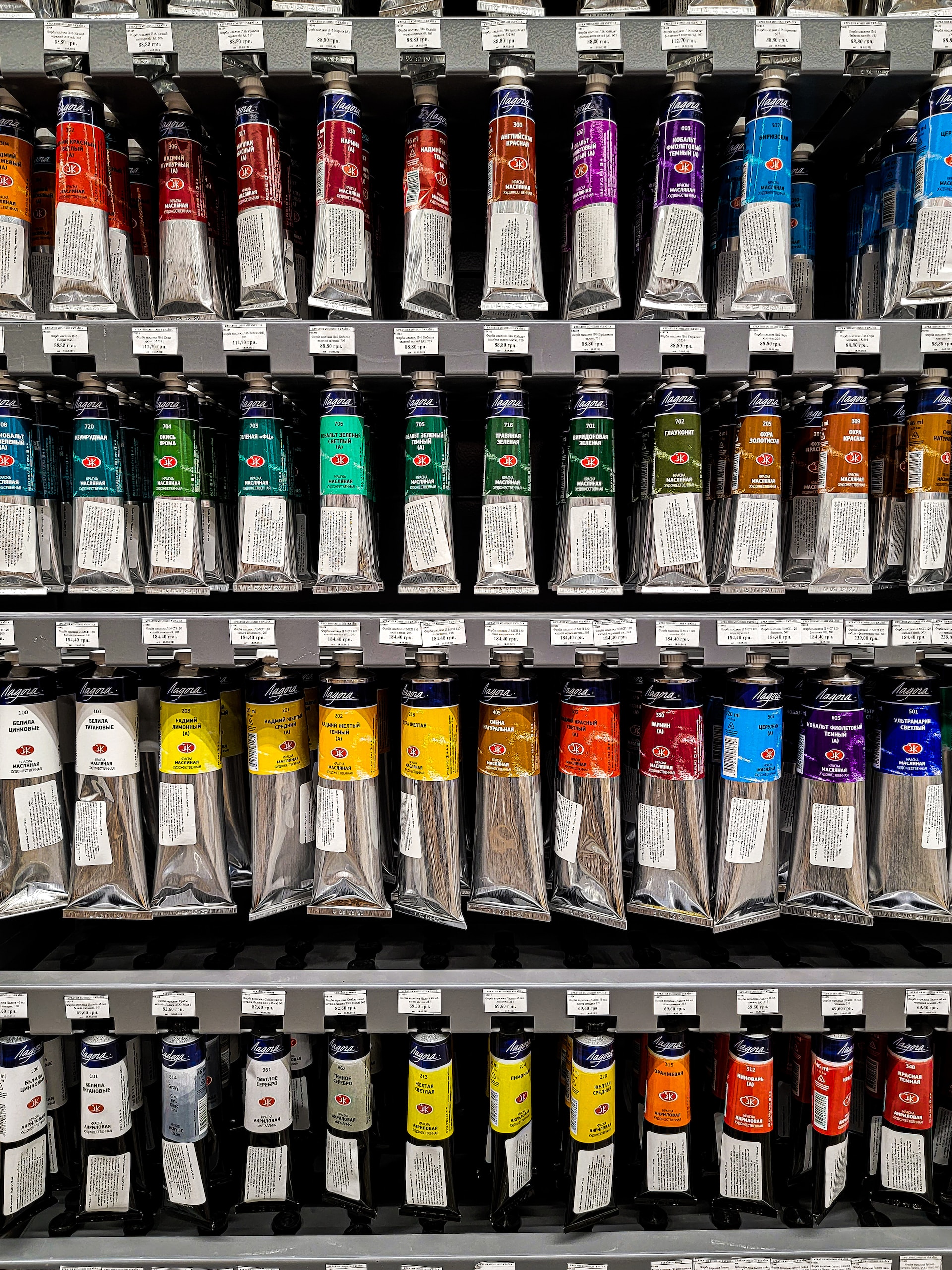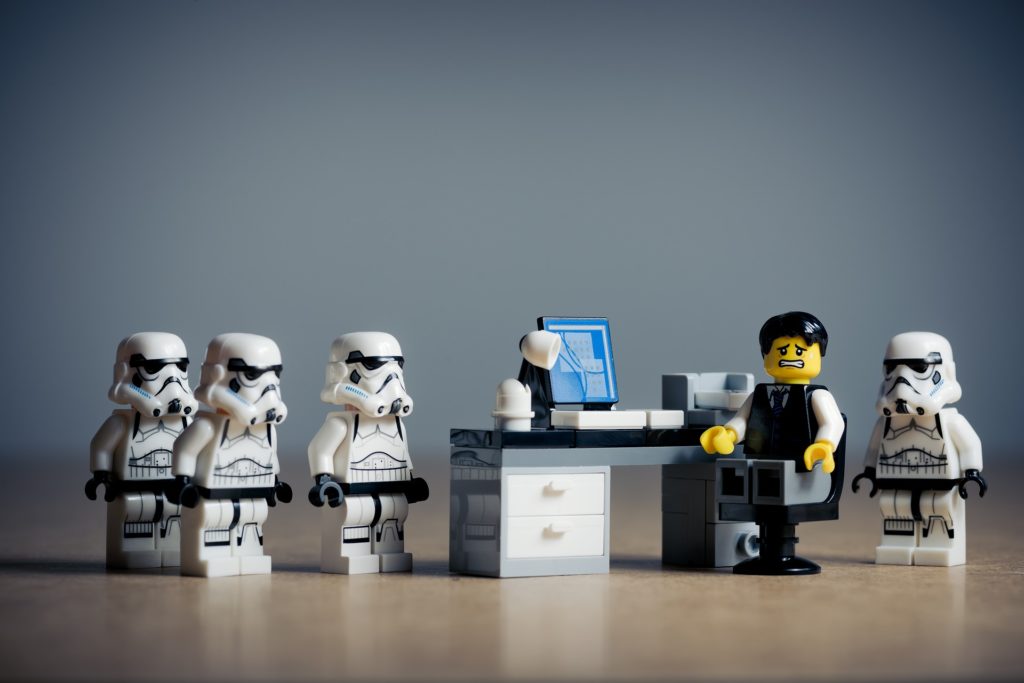The Importance of User Experience in Product Design
User Experience in Product Design – it’s a phrase you’ve probably heard tossed around in tech and business circles, perhaps with a fair share of buzzwords like ‘usability’, ‘interaction’, or ‘user satisfaction’. But what does it indeed mean? And why is it so vital in shaping the products we use daily?
As a seasoned product designer, I’ve spent years immersing myself in the world of UX, navigating its complexities, and harnessing its principles to create products that don’t just function but flourish. In this article, I invite you on a journey into the heart of user experience in product design. Together, we’ll unpack the concept, explore its essential elements, and discover why UX is the cornerstone of any successful product. Whether you’re a seasoned designer, a curious newbie, or just interested in understanding what makes your favorite apps enjoyable, there’s something here for you.
Unpacking the Concept: User Experience in Product Design
If I were asked to define what fuels successful product design, my answer would be: exceptional user experience. However, understanding what constitutes user experience and its relevance to product design is essential for any conversation about this topic.
The Role of User Experience in Successful Products
When I consider a product, whether a tangible item like a mobile phone or an intangible one like a mobile application, the most striking element that contributes to its success is its user experience. In essence, user experience, often called UX, is a user’s overall feeling when interacting with a product. It’s not just about a beautiful interface or smooth functionality. It’s about the product meeting the user’s needs and making their journey enjoyable and effortless.
Think about the products you love to use. They likely have an intuitive design that anticipates your needs, provides solutions, and satisfies you. That’s the power of user experience in product design.
What Constitutes ‘Good’ User Experience?
Good user experience in product design isn’t a one-size-fits-all concept. It varies from product to product, industry to industry, and user to user. However, there are some common elements that I’ve noticed over time through my journey in product design.
The first element is usability. The product should be easy to use, with functionalities that are aesthetically pleasing and serve the user’s purpose efficiently. Next comes understandability. Can the user quickly figure out how to use the product? If the answer is yes, you’re on the right track. Lastly, accessibility. Is your product designed for all users, regardless of their abilities? Inclusive design is a significant part of creating a favorable user experience.
The Key Elements of User Experience
After setting the stage with an introduction to user experience and its significance, it’s time for me to delve deeper into what I consider the building blocks of superior user experience. In my experience, these critical elements of user experience are often the difference between a product that gathers dust on the shelf and flies off it.
Understandability: The Role of Clarity in User Experience
I find a saying in the design world remarkably accurate: “Good design is obvious.” To me, this encapsulates the essence of understandability. If a user can’t figure out how to use your product within the first few interactions, they might not stick around to discover its true potential.
Understandability in product design equates to clarity in the user interface and functionality. It demands that a user immediately grasp how to navigate the product and use its features. This concept isn’t limited to the simplicity of design alone. Instead, it’s about creating an intuitive user journey that marries form and function seamlessly.
Usability: The Efficacy of an Intuitive Design
Close on the heels of understandability is usability. A product might be the most aesthetically pleasing piece of design in the world, but if it’s not usable, its beauty is, unfortunately, only skin-deep.
Usability goes beyond a product being easy to use. It’s about designing products that perform their intended function effectively and efficiently, making the user’s task more manageable. The goal is to eliminate friction and provide a smooth user journey. Whether it’s a button placed right where a user would expect it, or a command that saves them time, usability boils down to an intuitive design that meets the user’s needs.
Accessibility: Designing for Every User
Last but not least, a key element of user experience that is dear to my heart is accessibility. Inclusivity should not be an afterthought in design—it should be a priority from the onset. The aim of user experience design should be to create products that all users can access and enjoy, regardless of their abilities or circumstances.
To me, accessibility in user experience means considering the full spectrum of human diversity. It’s about feeling users with varying physical, cognitive, and cultural backgrounds and designing products that cater to their needs.
User Research: The Heartbeat of Exceptional User Experience
While many aspects contribute to a superior user experience, one key component underpins it all: user research. I often describe user research as the heartbeat of exceptional user experience. It’s the compass that guides the design process, ensuring that user needs are not just met but exceeded.
User Research Methods and Their Relevance
There are various methods of conducting user research, each with its own merits and suited to different stages of the product design process.
Surveys and questionnaires, for example, are effective ways of gathering quantitative data from a large user base. They can provide valuable insights into users’ preferences and attitudes. On the other hand, in-depth interviews and focus groups offer a qualitative approach, revealing more about user behavior, motivations, and needs.
Observational studies, such as user testing or ethnographic research, provide valuable insights into how users interact with a product in real-world situations. These can help identify usability issues and areas for improvement.
The choice of research method often depends on the product, the specific information you’re seeking, and the stage of the design process. But in my experience, the most comprehensive understanding usually comes from combining these methods.
Translating User Research into Effective Product Design
The purpose of user research is not just to gather data but to translate this data into actionable insights that guide product design. By understanding users’ needs, behaviors, and pain points, you can design products that truly resonate with them.
User research allows you to empathize with your users, putting you in their shoes to experience your product from their perspective. This empathy is a powerful tool in the design process, guiding decision-making and helping you create a product that genuinely enhances user experience.
With a firm understanding of user research, our next step is to explore how interaction design builds on these insights to foster a meaningful connection between the user and the product.
Interaction Design: Bridging the Gap between User and Product
With a solid foundation of user research in place, it’s time to move onto a field that I believe is the fulcrum of excellent user experience—interaction design. As the name suggests, interaction design focuses on how users interact with a product. It’s where the product comes to life, responding to the user’s actions and needs.
The Crucial Role of Interaction Design in UX
Interaction design is all about creating a product that is not just easy and enjoyable to use but also feels responsive and adaptive to the user’s needs. In essence, it is the translation of user research into a tangible design that facilitates smooth interaction between the user and the product.
A well-crafted interaction design aims to predict the user’s next move, provide clear feedback, and guide them through their journey. Whether it’s a visually pleasing animation following a button click or an error message that explains precisely what went wrong, every aspect of interaction design is focused on making the user’s experience as seamless and rewarding as possible.
Best Practices for Interaction Design in Product Design
As a designer, I have identified a few best practices that help elevate interaction design.
Firstly, maintaining consistency in design elements across a product. This helps users to feel comfortable and reduces the learning curve. Secondly, providing clear and immediate feedback for every user action. This allows users to understand the result of their actions and if they are on the right path. Lastly, designing for error. No matter how well-designed a product is, errors will occur. Having a plan in place to handle these errors smoothly significantly enhances user experience.
Enhancing User Satisfaction: A Key Objective of User Experience
One of the most fulfilling parts of my work in product design is knowing that the experiences I craft bring satisfaction to users. User satisfaction isn’t just a nice-to-have in product design; it’s a fundamental objective. Now, let’s delve into how user satisfaction is intrinsically tied to the user experience and how it can be enhanced.
The Link Between User Satisfaction and Business Success
If there’s one thing I’ve learned from my years of work in this field, it’s this: user satisfaction is directly proportional to business success. A user who is satisfied with your product is likely to continue using it, recommend it to others, and even become a loyal customer.
Moreover, user satisfaction is a crucial metric for measuring the effectiveness of your user experience design. If users are satisfied, it strongly indicates that your design meets their needs and expectations. If not, it’s a cue for you to revisit your plan and determine what can be improved.
Strategies to Boost User Satisfaction Through Product Design
Enhancing user satisfaction can seem daunting, but a few strategies have proven adequate time and again in my work.
Firstly, user research can help identify user needs and expectations, which form the basis of a satisfying user experience. Designing with these needs and expectations in mind is crucial.
Secondly, incorporating elements of surprise and delight in your design can significantly boost user satisfaction. These can be simple yet thoughtful details like personalized greetings, rewarding interactions, or even beautifully designed animations.
Finally, continuous testing and improvement are key. User needs and expectations evolve, and your design should, too. Regularly testing your product with users and iterating based on their feedback ensures it stays relevant and satisfying.
Your Role in Shaping the User Experience Journey
As we near the end of our exploration, I’d like to bring the focus back to you, the reader. Whether you’re a seasoned product designer, a budding enthusiast, or simply curious about the field, you play a vital role in shaping the user experience journey. Here’s why.
Personal Experiences and Empathy in Design
Every interaction you have with a product, every frustration and moment of delight, contributes to your understanding of what makes a great user experience. Drawing from your experiences and coupling them with empathy allows you to create designs that genuinely resonate with users.
Remember, behind every product is a user with unique needs, desires, and expectations. By stepping into their shoes and seeing the world from their perspective, you can design products that solve problems and bring joy to people’s lives.
Lifelong Learning and Adaptability in User Experience
The world of user experience is constantly evolving, with new technologies, user habits, and design trends continually reshaping the landscape. Staying abreast of these changes and being willing to adapt is essential to create relevant and satisfying products.
Whether learning a new design tool, staying updated on the latest research in cognitive psychology, or keeping an eye on emerging design trends, embracing lifelong learning is essential to a user experience designer’s journey.
Keep Ahead of the User Experience Curve with Our Insights
I hope our journey together has deepened your understanding of user experience in product design. We’ve unpacked the concept, explored its essential elements, discussed the significance of user research, and investigated how interaction design bridges the gap between users and products. We’ve also discussed enhancing user satisfaction and your potential role in shaping the user experience journey.
Yet, the field of user experience is dynamic and continually evolving. And that’s where this blog and I come into the picture. To help you keep ahead of the curve, I will continue sharing insights, trends, and strategies based on my professional experience and ongoing exploration of this fascinating field.
Your journey doesn’t end here. To keep this conversation going and to delve even deeper into the realm of user experience, I invite you to subscribe to my newsletter. Subscribers receive exclusive insights and updates on the latest articles, ensuring you have the knowledge to enhance your design skills continually.




